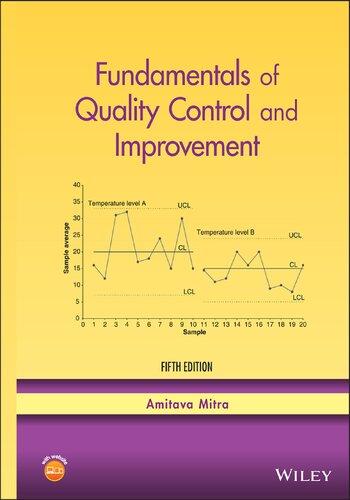Question
At a certain probability cutoff level set by the analytics group at a bank, a data mining tool shows 10% error rate in classifying good
At a certain probability cutoff level set by the analytics group at a bank, a data mining tool shows 10% error rate in classifying good applicants for a loan (i.e., 10% of customers who are actually good are misclassified as bad). The corresponding error rate for bad applicants is 20% (i.e., 20% of customers who are actually bad are misclassified as good). There are 1000 loan applicants in the dataset, of which 300 are actually good. Giving a loan to a bad applicant ends up in a loss of $5000 for the bank, while not giving a loan to a good applicant has 0 profit or loss. There is no profit or loss for correctly classifying a bad applicant, while the profit from giving a loan to a good applicant is $1000.
7a. What is the profit at the cutoff probability set by the bank? Show your calculations. (6 points)
7b. What is the lift ratio at the cutoff point? The lift ratio represents how much better (e.g., 3.5 times better) you are doing with the data mining tool as opposed to random selection. Show your calculations. (6 points)
Note: To answer 7a and 7b, you do not need to know the cutoff point itself.
7c. Theoretically what would be the lowest possible value of the first decile (height of the chart) based on the above data? Show your calculations. (6 points)
Step by Step Solution
There are 3 Steps involved in it
Step: 1

Get Instant Access to Expert-Tailored Solutions
See step-by-step solutions with expert insights and AI powered tools for academic success
Step: 2

Step: 3

Ace Your Homework with AI
Get the answers you need in no time with our AI-driven, step-by-step assistance
Get Started


